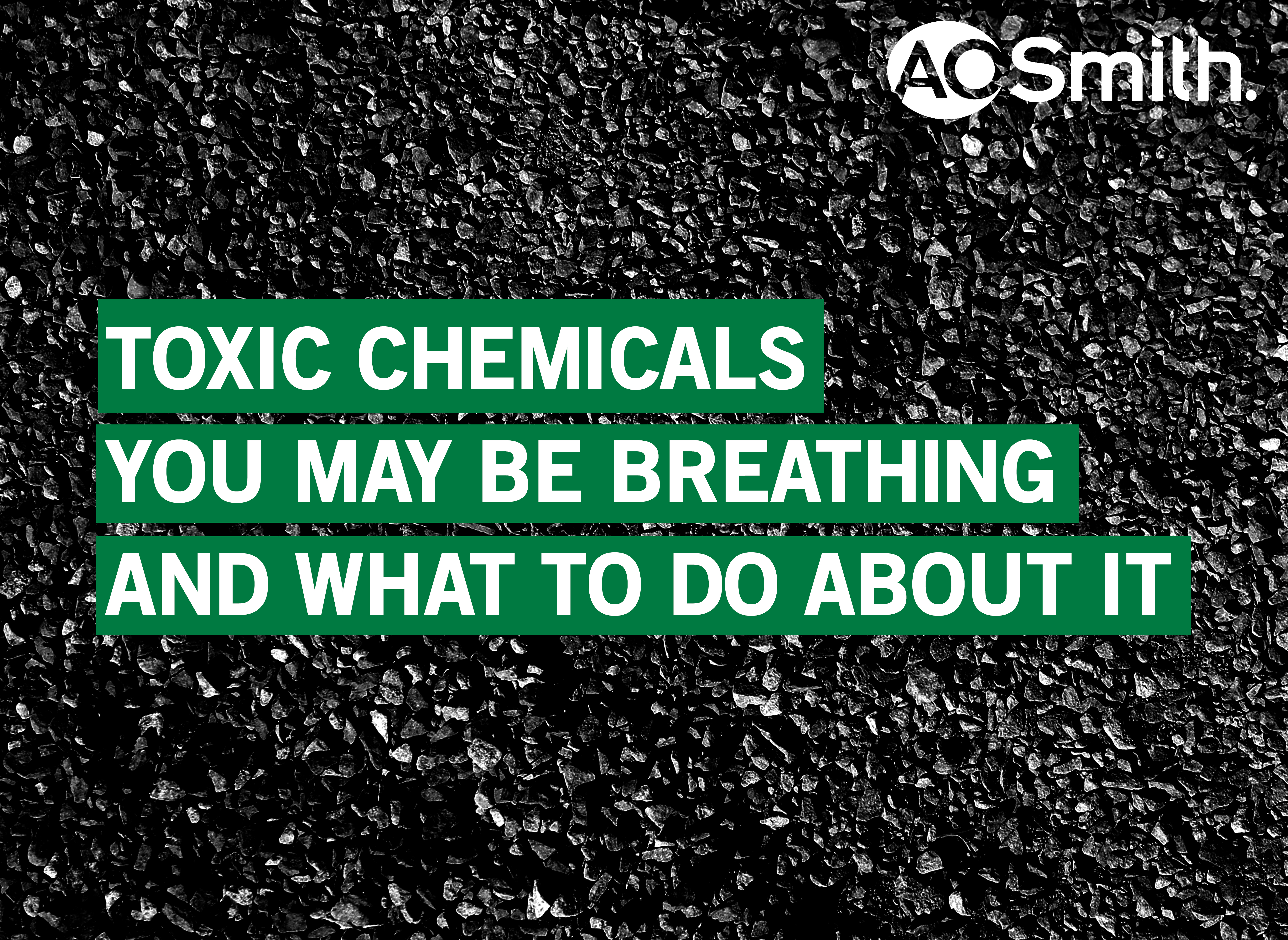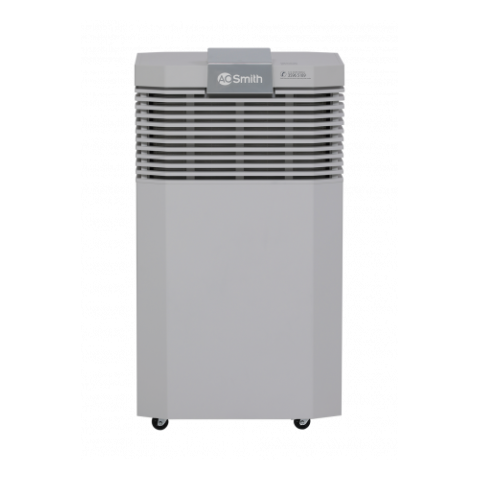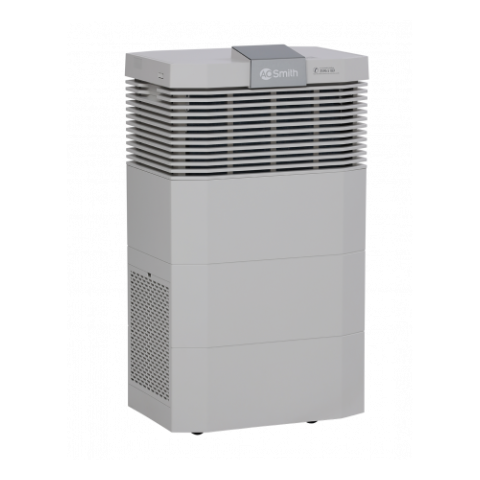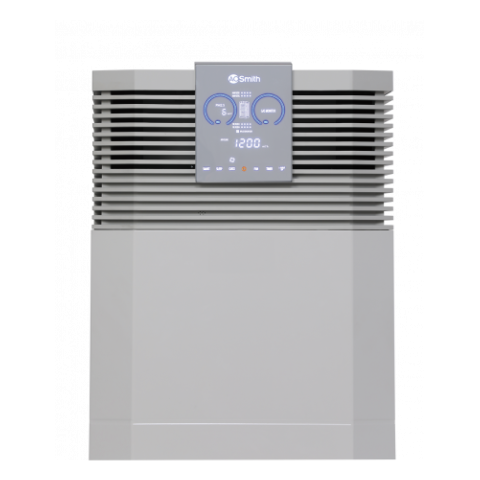Gases and odors are part and parcel of living in a modern household, from using a can of hairspray to painting the walls of an old room we inadvertently expose ourselves to a multitude of harmful chemicals that merge with the indoor air we breathe. Fortunately air purification technology exists to eliminate and reduce the harmful effects of these chemical by-products.
What are VOCs and how dangerous are they to your health?
Volatile organic compounds, or VOCs, are an array of chemicals that are emitted by a variety of products used to maintain and build homes. Common sources of volatile organic compounds include but are not limited to, air fresheners, adhesives, paints, insulation materials, fuels, and fabrics.
VOCs also have the potential to cause adverse health effects for people exposed to them. Headaches, dizziness, and memory impairment are only a few of the ailments one might experience after inhaling VOCs and the severity of these afflictions depend on how much VOC is in the air, how long it has been there, how sensitive a person is to the chemical, and how often a person breathes it in.
Formaldehyde is a pungent, flammable, and colorless gas commonly found in building materials and household products. It is used in pressed-wood products, such as particleboard, plywood, and fiberboard. It is also found in adhesives, permanent-press fabrics,paper product coatings, and certain insulation materials.
Formaldehyde when dissolved in water is called formalin, a chemical that is commonly used as an industrial disinfectant and as a preservative in funeral homes and medical labs. Other substances that can release formaldehyde are cosmetics, soaps, shampoos, lotions and sunscreens, and cleaning products.Formaldehyde is also used as a food preservative and can be released as the result of cooking and smoking.
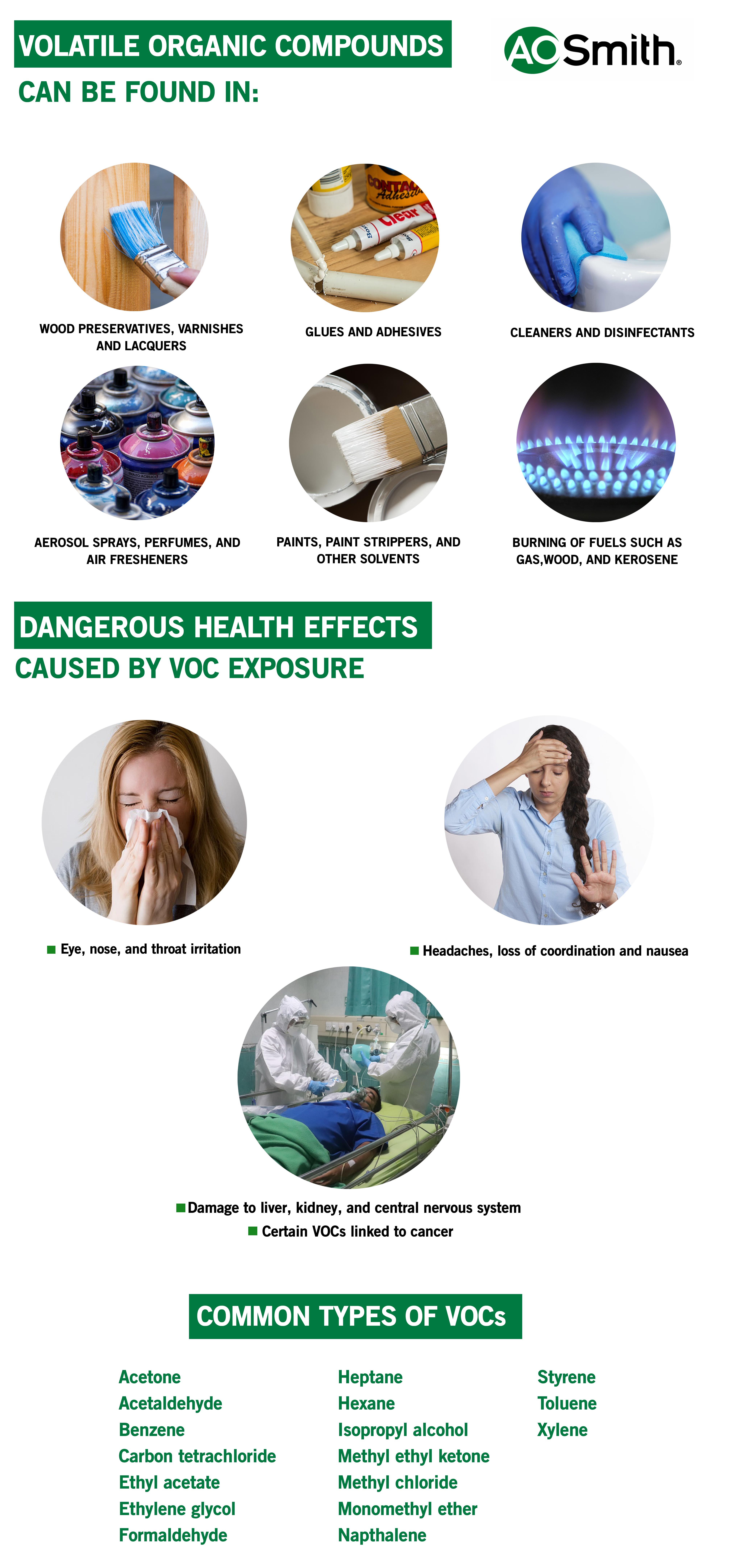
How are VOCs removed from the air?
There are two main processes for removal: adsorption and chemisorption
Adsorption occurs when gaseous molecules or solutions are attracted and captured by solid substances they come into contact with. Adsorbents are solids used to adsorb gas molecules or dissolved substances.
The most common adsorbent used in air filtration is activated carbon. A filtration apparatus such as a gas mask utilizes activated carbon to filter out impurities contained in the air. When viewed under a microscope one will notice that activated carbon takes on a porous sponge-like appearance, these micropores effectively increase the surface area of the activated carbon particles and act as the main mechanism used to capture gas molecules in the air.
A factor used in determining an adsorbents’ effectiveness is its degree of activation. Most industrial grade activated carbon used in water purifiers and gas masks are made to have a high degree of activation meaning the carbon particles have large and numerous micropores which makes it effective at filtering out impurities because of its big surface area. Large micropores in activated carbon with a high degree of activation is generally a good thing to have but in some cases smaller gas molecules, such as the VOCs found in homes, are more effectively filtered with smaller pores.
Chemisorption involves using a chemical reaction to permanently bond molecules to an adsorbate. Specific contaminants are captured with higher effectiveness through this process.
A common chemisorbent used in air purifiers is Potassium permanganate. Potassium permanganate permanently works by breaking down gaseous pollutants such as formaldehyde, hydrogen sulfide, and sulfur dioxide into byproducts safe for breathing.
An effective air filtration system utilizes both adsorption and chemisorption to remove VOCs.
Can air purifiers remove VOC indoors?
HEPA filters are made of synthetic or inorganic fiber materials that are used to capture particles such as dust, pollen, and viruses. Standard HEPA filters are not meant to capture gas molecules however specialized filters utilizing activated carbon technology exist for this specific purpose.
Air purifiers using activated carbon filters remove gaseous pollutants through adsorption of gas molecules in the activated carbons' porous surfaces, this technique has long been proven as the safer and more effective choice when it comes to removing VOC particles from the air.
It is important to know that trapped gas molecules will eventually fill up the adsorption areas of an activated carbon molecule making the bed of activated carbon on the filter no longer capable of trapping pollutants. A carbon filter will start giving off a strange odor once it's saturated, an indication that it needs to be replaced.
When choosing an activated carbon filter make sure it has the adequate amount of carbon to be effective. Some manufacturers use only a trace of carbon on their filters to cut costs. These cheaply made filters will not be effective as it is saturated almost immediately. A good activated carbon air filter uses at least five pounds of carbon, though not all carbon molecules are created equal, it is a good rule of thumb to assume that more carbon present in a filter means better efficiency.
Watch out for granulated carbon filters using a material called Zeolite. The porous structure of zeolite is claimed to be more or just as effective at trapping VOCs such as formaldehyde and ammonia despite there being no scientific evidence to prove it . Zeolite is actually just a cheap "filler" mixed with an activated carbon bedding to make it seem like it has more volume. In a study conducted by Praxair Inc. and the University of Michigan tests results "are not encouraging for the use of natural zeolites in air separation."
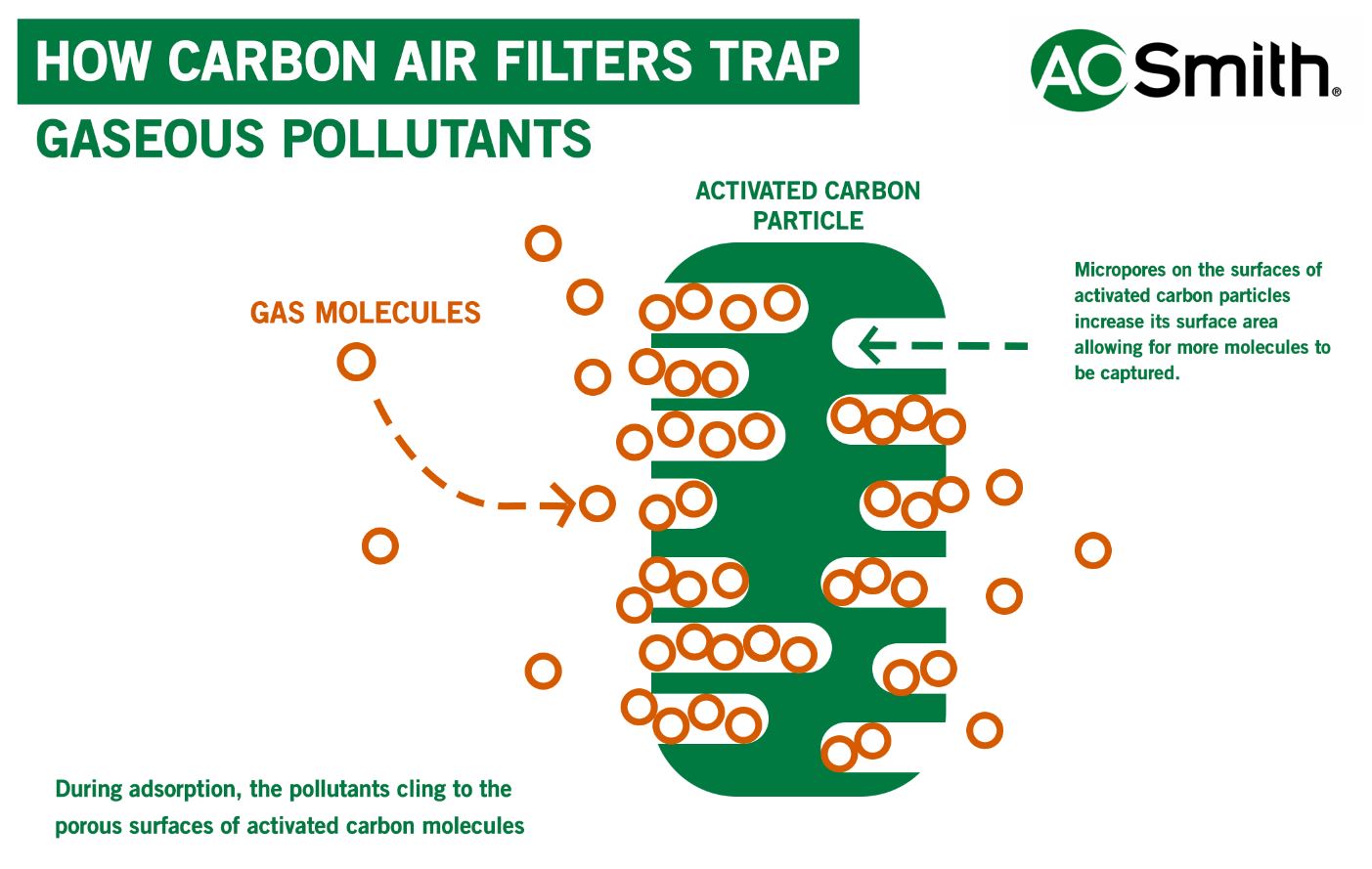
![]()
Technologies you should probably avoid
Beware of air purifier manufacturers claiming that techniques like ozone generation and UV lights are effective at removing VOCs. These methods of filtration can cause certain interactions with VOC molecules that can be harmful to your health.
Ozone purifiers do little to remove air pollutants and inhaling even small amounts of ozone can have dangerous effects to one’s respiratory system. Long-term exposure to ozone can even worsen asthma and lead to premature deaths.
According to EPA "ozone showed no effect in reducing formaldehyde concentration" in an experiment wherein the formaldehyde conditions in an embalming studio were replicated to test an ozone purification systems' effectiveness. EPA also added that ozone "is not considered useful for odor removal in building ventilation systems."
PCO or Photocatalytic oxidation technology uses UV lamps and claims to produce safe byproducts from gaseous pollutants by using a light and a catalyst to destroy their molecules. The catalyst in question is Titanium oxide and has been known to produce harmful byproducts such as formaldehyde when interacting with VOCs.
In a study conducted by Concordia University, most commercial catalysts used by POC air purifiers are shown to be largely inefficient and not very energy friendly. The study also says "some of the gases to come through the system are more dangerous than the original gas" and reinforces the use of activated carbon technology, a safe and proven method of filtration that produces no harmful chemical byproducts.
How can you protect yourself from VOC?
Proper ventilation can significantly control the amount of VOCs present in indoor air, this can be achieved by simply opening windows and using fans to bring in outdoor air. Plants are also known to maintain a healthy level of indoor air. It is also best for home renovations to take place when it is unoccupied and well-ventilated.
The “new car smell” we commonly associate with something being fresh and new are actually potentially harmful chemicals currently “off-gassing”. When purchasing brand new furniture such as sofas, tables, and carpets it is recommended to let them sit outdoors or in a garage to be aired out for a few days before bringing them in.
Lastly, avoiding high-VOC content in general can keep you safe from its harmful effects. Buy paints that are labeled with low-VOC, use exterior grade plywood instead of pressed wood products, and natural cleaners are preferable to the commercial cleaners filled with chemicals. VOC conscious decisions will ultimately improve the quality of indoor air inside your homes.
Concordia University research:
https://www.sciencedaily.com/releases/2015/07/150715130835.htm
PCO air purifiers:
https://www.ncbi.nlm.nih.gov/pmc/articles/PMC6272289/
Zeolite:
Ozone:
https://www.epa.gov/indoor-air-quality-iaq/ozone-generators-are-sold-air-cleaners

